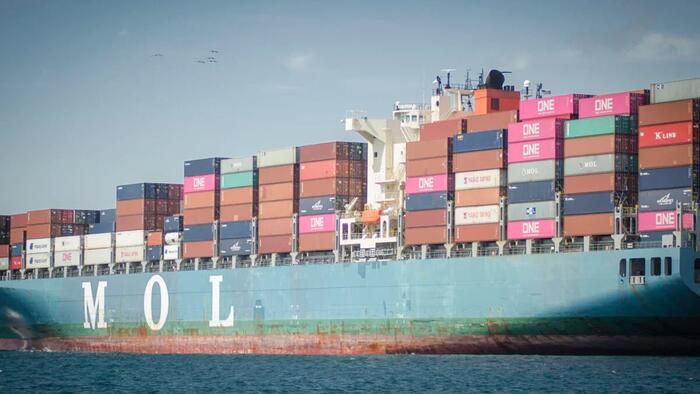In August 2023, tensions flared in the South China Sea as a clash occurred between a Chinese Coast Guard ship and a vessel from the Philippine Coast Guard. The ongoing territorial disputes involving China and several Southeast Asian nations, including the Philippines, Vietnam, and Brunei, signal a dangerous escalation, with the potential for military confrontation involving the United States. Experts, including Krista Wiegand from the University of Tennessee, point out that although the U.S. does not hold any direct maritime claims in the South China Sea, the waterway still poses risks for military clashes. Wiegand noted that any U.S.-China conflict could likely stem from the Taiwan issue, but that incidents in the South China Sea could ignite unforeseen crises, such as ship collisions or military confrontations, leading to broader hostilities.
The South China Sea is a critical maritime area, encompassing 1.3 million square miles and serving as a transit route for approximately 24% of global maritime trade in 2023, valued at approximately $7.4 trillion annually. The sea’s significance is heightened by its strategic location, spanning from Singapore and the Strait of Malacca to the Strait of Taiwan, and its role in the shipping of essential commodities such as crude oil, propane, and cars. As exports from China to North America have surged over the past years, the sea has remained a vital corridor for international trade, with recent estimates suggesting it may hold untapped energy resources of substantial value, including 9.2 billion barrels of petroleum and up to 216 trillion cubic feet of natural gas.
China’s extensive claims over the South China Sea have come under scrutiny, particularly after a 2016 ruling by the Permanent Court of Arbitration favored the Philippines in a legal case contesting these claims. Experts like Wiegand emphasize that China’s assertions lack legal foundation, with international law clearly outlining maritime boundaries. Still, China has intensified efforts to assert control in the region, leading to clashes with other nations that also have vested interests in the area, and with significant implications for its relations with the United States, a key ally of the Philippines and other Southeast Asian nations. The U.S. employs strategies such as Freedom of Navigation Operations (FONOPs) to counteract China’s claims, although it has not ratified the United Nations Convention on the Law of the Sea.
The complicated situation escalated further in 2023 when Chinese and Philippine vessels engaged in incidents marked by accusations of dangerous maneuvers and collisions in disputed waters. Following various confrontations, including those noted by U.S. officials condemning China’s aggressive tactics, both nations attempted to reach temporary agreements, although these arrangements remain fragile. The U.S.-Philippines Mutual Defense Treaty, dating back to 1951, underscores longstanding commitments between the nations to support each other in the event of conflict, reinforcing both countries’ interests in maintaining stability in the region.
Experts assert that the potential for armed conflict in these waters remains acute, especially in light of China’s increasing militarization and assertive behavior, which involves deploying coast guard and military assets to enforce its claims. Former Turkish navy commander Hasim Turker points out that the dense presence of military vessels in the contested area raises the risk of accidental or intentional escalations. Should the U.S. military become involved, the stakes could escalate further, with dire implications for regional and global stability. Conflicts in the South China Sea could disrupt crucial supply chains and involve international allies, thereby amplifying tensions between the U.S. and China in a high-stakes geopolitical context.
Despite the specter of conflict overshadowing the region, a full-scale war is not inevitable. Multiple factors deter escalation, including the substantial economic repercussions of conflict on trade routes, which are vital for all parties involved, particularly for China. Experts note that maintaining regional stability is generally a priority for Southeast Asian countries, which historically favor diplomatic solutions over warfare. While there are shared interests in preventing conflict, as seen in previous negotiations that often stall due to China’s non-compliance, the situation remains precarious. The current state is characterized by ongoing tensions and a stalemate, as countries like the Philippines and Vietnam grapple with China’s persistent claims and military presence in the South China Sea.
As the region navigates these complicated dynamics, the quest for diplomatic resolutions continues. Experts emphasize the challenging nature of achieving through diplomatic means, especially given China’s refusal to engage meaningfully in past arbitration efforts. Wiegand expresses concerns over the prospects for change, suggesting that for surrounding nations, the pathway toward exerting more pressure on China is limited, leaving them in a precarious position. Ultimately, the prevailing circumstances reflect a delicate balance of aspirations for peace and the ever-present risks posed by escalating tensions in one of the world’s most critical maritime regions.

